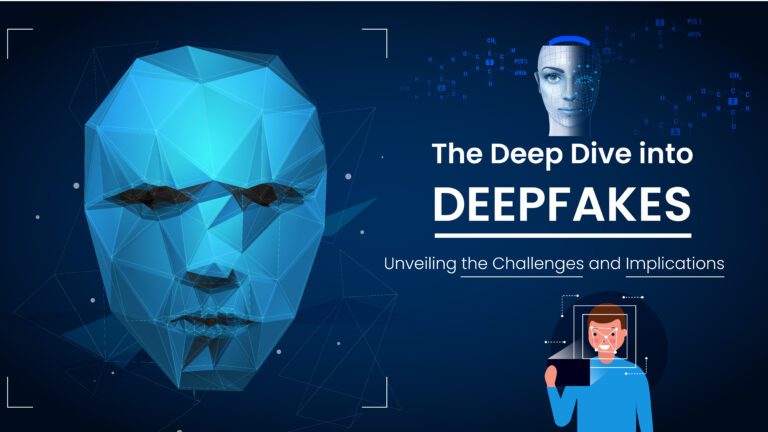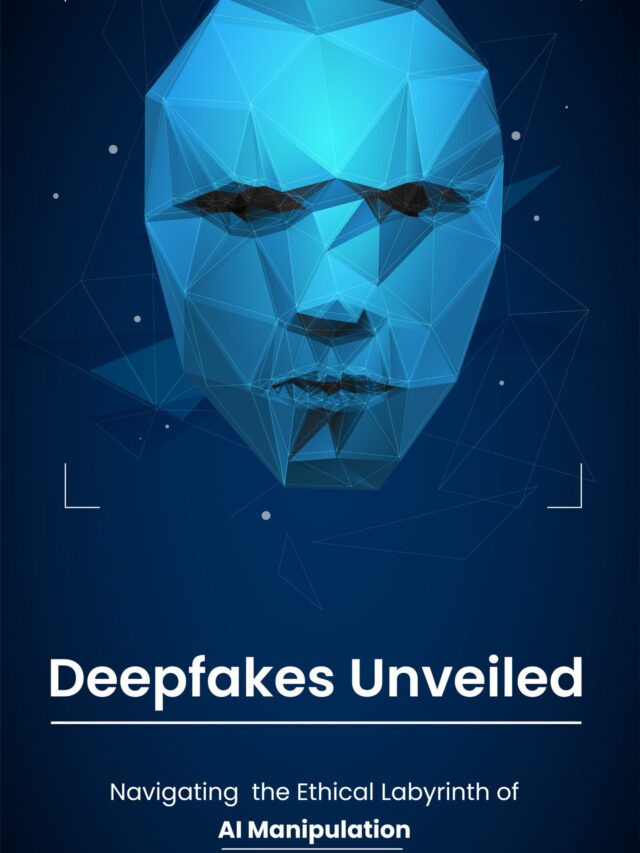
In recent years, the rapid advancement of artificial intelligence has given rise to a phenomenon known as “deepfakes.” These sophisticated manipulations use deep learning algorithms to create hyper-realistic fake videos, audio recordings, and images, raising significant concerns about their impact on society, politics, and personal security. This article will delve into the world of deepfakes, exploring their origins, the technology behind them, potential applications, and the ethical and societal implications they bring.
Certainly, there are single points summarizing the key aspects of the article on deepfakes :
- Introduction to Deepfakes:
- Definition and emergence of deepfakes in 2017.
- Rooted in deep learning, specifically Generative Adversarial Networks (GANs).
- Technology Behind Deepfakes:
- GANs as the driving force behind deepfake technology.
- Mimicking facial expressions, lip movements, and voice patterns with high accuracy.
- Accessibility through open-source tools and user-friendly applications.
- Potential Applications of Deepfakes:
- Entertainment industry applications, such as resurrecting deceased actors.
- Educational and training simulations for medical procedures and emergency response.
- Integration into the gaming industry for lifelike characters.
- Risks and Ethical Concerns:
- Misinformation and fake news dissemination.
- Political manipulation, raising concerns about election interference.
- Privacy invasion through non-consensual creation of explicit content.
- Challenges in Detection:
- Advancements in detection methods but ongoing challenges in staying ahead of evolving algorithms.
- Deepfake creators employ adversarial training to enhance resistance to detection.
- Legal Landscape:
- Lack of specific laws addressing deepfake creation and dissemination.
- Ongoing efforts by legal experts and policymakers to establish accountability.
- Combating Deepfakes:
- Research and development of advanced detection tools analyzing facial features, audio patterns, and inconsistencies.
- Promotion of media literacy to empower individuals to critically assess content authenticity.
- Future Implications:
- Impact on trust in media and potential erosion of confidence in visual and auditory information.
- Ethical considerations shaping responsible development and use of deepfake technology.
- Conclusion:
- Deepfakes as a double-edged sword, offering innovative possibilities while posing significant risks.
- Collective efforts of researchers, policymakers, and society are crucial for responsible AI development.
Read More: Saw a video of me singing,’ says PM Modi while addressing issues on deepfakes


